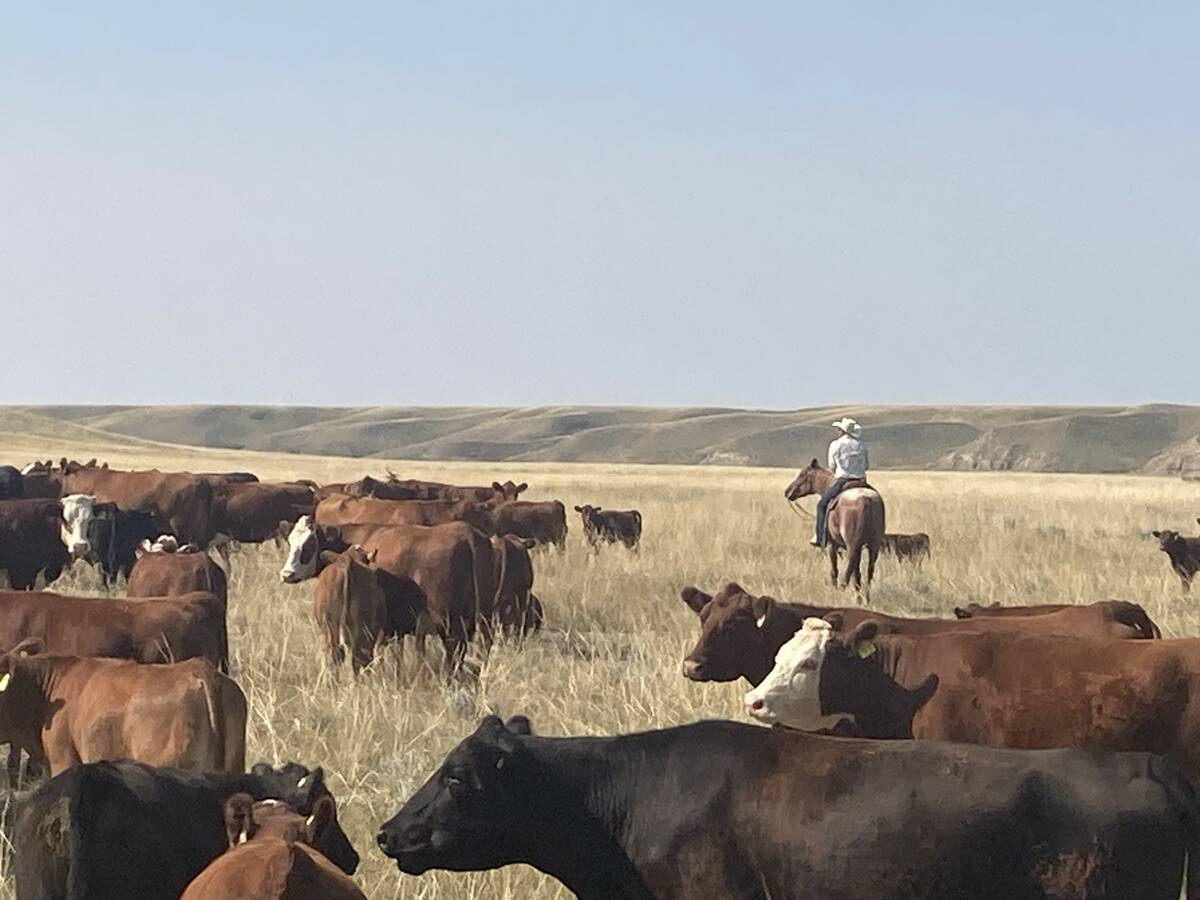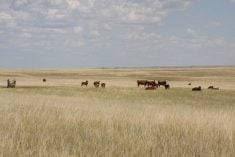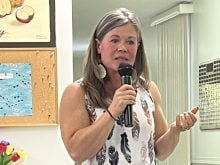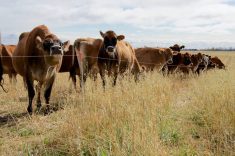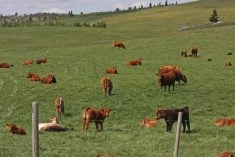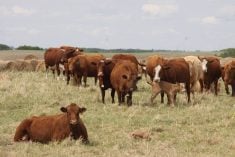Cattle producers in the Municipal District of Taber say they’re being pushed out as land leases come up for renewal and their lease rates skyrocket.
Fifth-generation cattle producer Billy Wenbourne spoke of the issue at a March council meeting in the southern Alberta community. On his operation 5,280 acres could be lost, representing two-thirds of his carrying capacity during the five-month grazing season.
“Unless you guys are in the cross hairs, you will not understand,” he said. “Our existence directly relies on you seven individuals. I hear from council chambers we have been living on a gravy train of oil, cheap rent and getting the land for free, which is absolutely false.”
Read Also

Quebec pork company calls for transparency around gene-edited pigs
Quebec-based pork company duBreton is calling for transparency around meats from gene-edited pigs on concerns that a lack of mandatory labelling will confuse consumers, and dilute certification claims. The organic sector is also calling for labelling rules.
Ranchers in the region are facing the possibility their cattle ventures will no longer be viable if council decides to take new lease offer tenders being suggested by interested parties, as existing ones are set to expire, he said, adding losing his operation would mean losing five generations of his family’s work.
Local representatives say they need to protect the interests of all ratepayers. Reeve Tamara Miyanaga told Wenbourne she’s sympathetic to his situation, but said the municipal district also had to raise a fair amount of revenue for its coffers from what she described as an “incredible asset.”
“I’m trying to figure out what’s the right number to come up the middle that doesn’t pull the rug out from any of those lease holders, but also can raise revenue for the municipality,” she said. “The only source of revenue we have right now that’s gaining is land. We know our oil revenue is depreciating.”
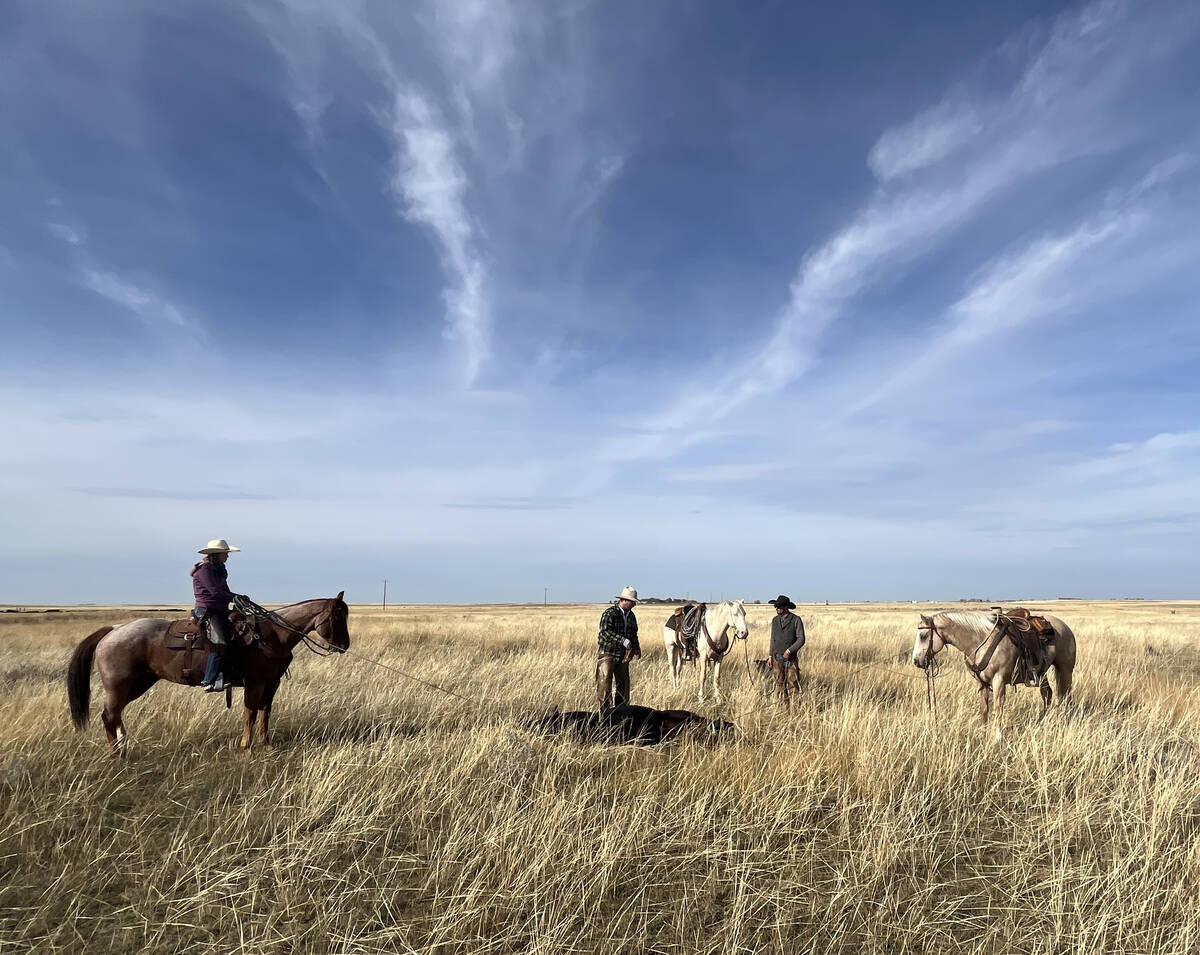
The Vauxhall Stock Grazing Association (VSGA) has similar concerns, which it brought to the February council meeting. They currently hold the lease on 75,0000 acres of the municipal district’s grazing land.
What’s fair?
At the heart of the issue is what it should cost for the use of the land owned by the municipal district.
Current leaseholders want a price based on the provincial grazing rates.
In Alberta, for grazing leases, the 2024 rental rates were $7.63 per animal unit month (AUM) in Zone 1 (southern Alberta). Wenbourne quoted $8.70 AUM at his March 2025 presentation, reflecting the way the rates can change based on underlying economic conditions.
The rental rate formula includes factors like steer prices, the consumer price index and data from a provincially-funded grazing lease cost survey. Although rent is calculated on an annual basis, there is a minimum grazing rent charge of $2.30 in the region. To calculate rent rate, it is based on the profitability of operating a grazing lease, considering market prices, transportation and operating and labour costs. To calculate rent a model is based on the purchase of yearlings in the spring, weight gain on the lease during the grazing season and sale price in the fall.
“This price will go up and down as the cattle market does,” Wenbourne said.
The small chunks of grassland the municipal district has so far tendered out to the highest bidder have gone for ‘exorbitant’ and ‘unprofitable’ amounts of money according to leaseholders.
The current rental rate is $3.20 per AUM, and the 2024 provincial rate was at $7.63 per AUM. Private market rate from 2021-2023 was at $63.55 per AUM. At a meeting in February, a lease tender summary for some parts of grassland in the M.D. showed offers of $200 to $250 per AUM.
That’s a reflection of the changing use of the land, making the comparison of rates and difficult, according to one observer.
Chris Siemens is president of the Hays Stock Grazing Association. He was in the gallery at the VSGA presentation in February and later spoke to the Western Producer.
He noted the Taber area is better-known for its high-valued irrigated production of horticulture crops like potatoes.
“It’s an apples and oranges comparison,” said Siemens.
He also said there are issues that go well beyond simple economics, however, which should be taken into account.
Conservation
The land stewardship of ranchers should not be forgotten as they try and carve out a living, Siemens said.
He noted the municipality has only about 30 per cent of its short-grass prairie remaining intact.
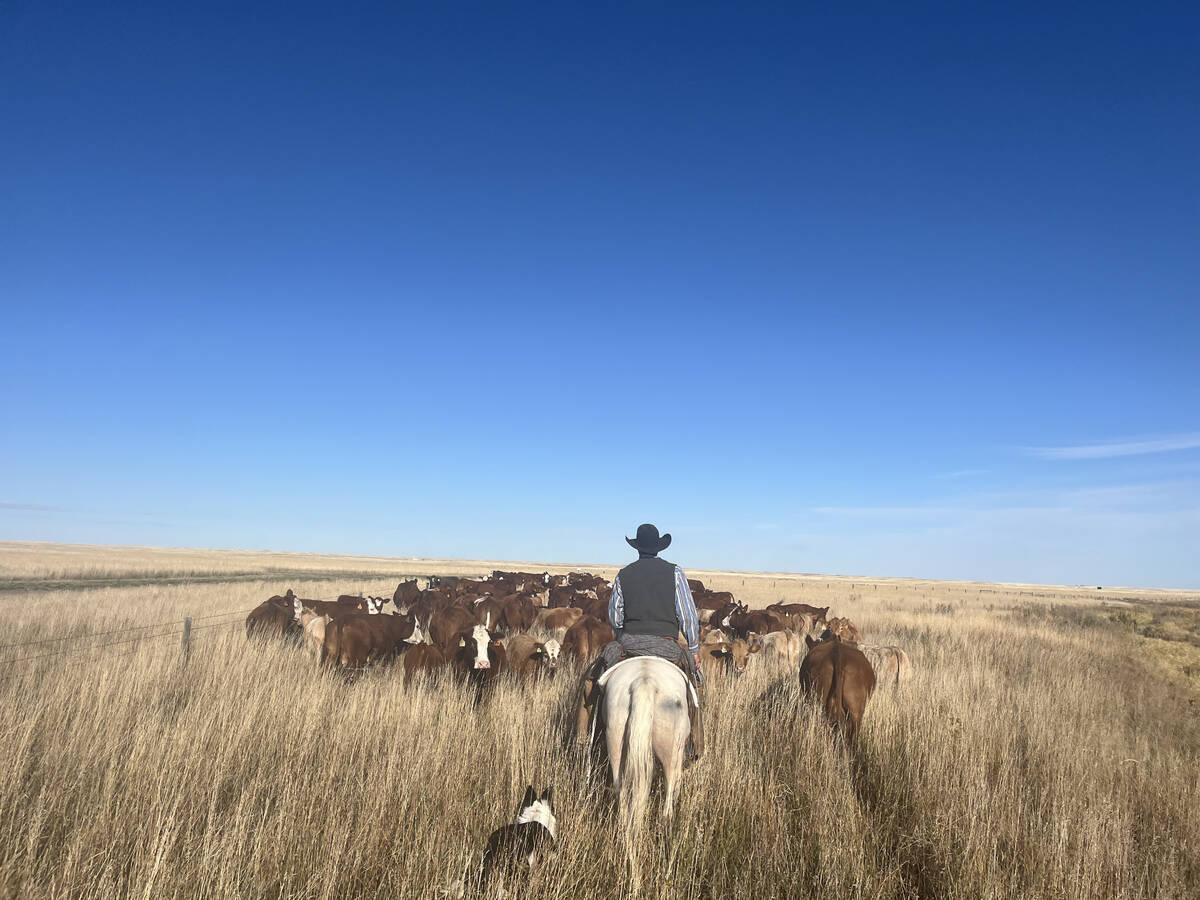
“What number are we comfortable with from an environmental standpoint?” he asked. “Do we let it get down to 20 per cent, or 10 per cent?”
He noted that local cow-calf operators have been protecting the grasslands in the area since the 1940s, and the value of that role should be recognized.
“We definitely don’t want to throw out the baby with the bathwater,” he said.
But in the end, rates will need to come up, Miyanaga said, noting the local government needs to raise revenue to pay for the infrastructure and services local residents expect.
“We are not earning enough money off of these,” she said. “They are 20 years the same lease rate. There is nothing in my personal or business world that has stayed the same for 20 years. I would feel ashamed if I don’t do something as a councillor at this time to figure out how we can generate more money off of an asset.”
Grazing leaseholders concede the price will be rising, but they hope the pendulum won’t swing so far as to bring the existence of ranching in the area into question.
Wenbourne referred to a tiny 318-acre parcel of grasslands that was listed in council’s March 11 agenda for a grazing lease for 2025 and 2026 for $8,421 per year. Wenbourne did the quick math on his operation with an outfit of scale and noted ranchers may as well pack up and move on to other things if grazing associations had to match those prices. Siemens agrees with that assessment.
“There is definitely opposing views on council, but at the end of the day, something has to be crafted,” said Siemens. “I want our community to be happy, healthy and sustainable. I don’t want any certain industries to get run over by a train in favour of other ones.”



